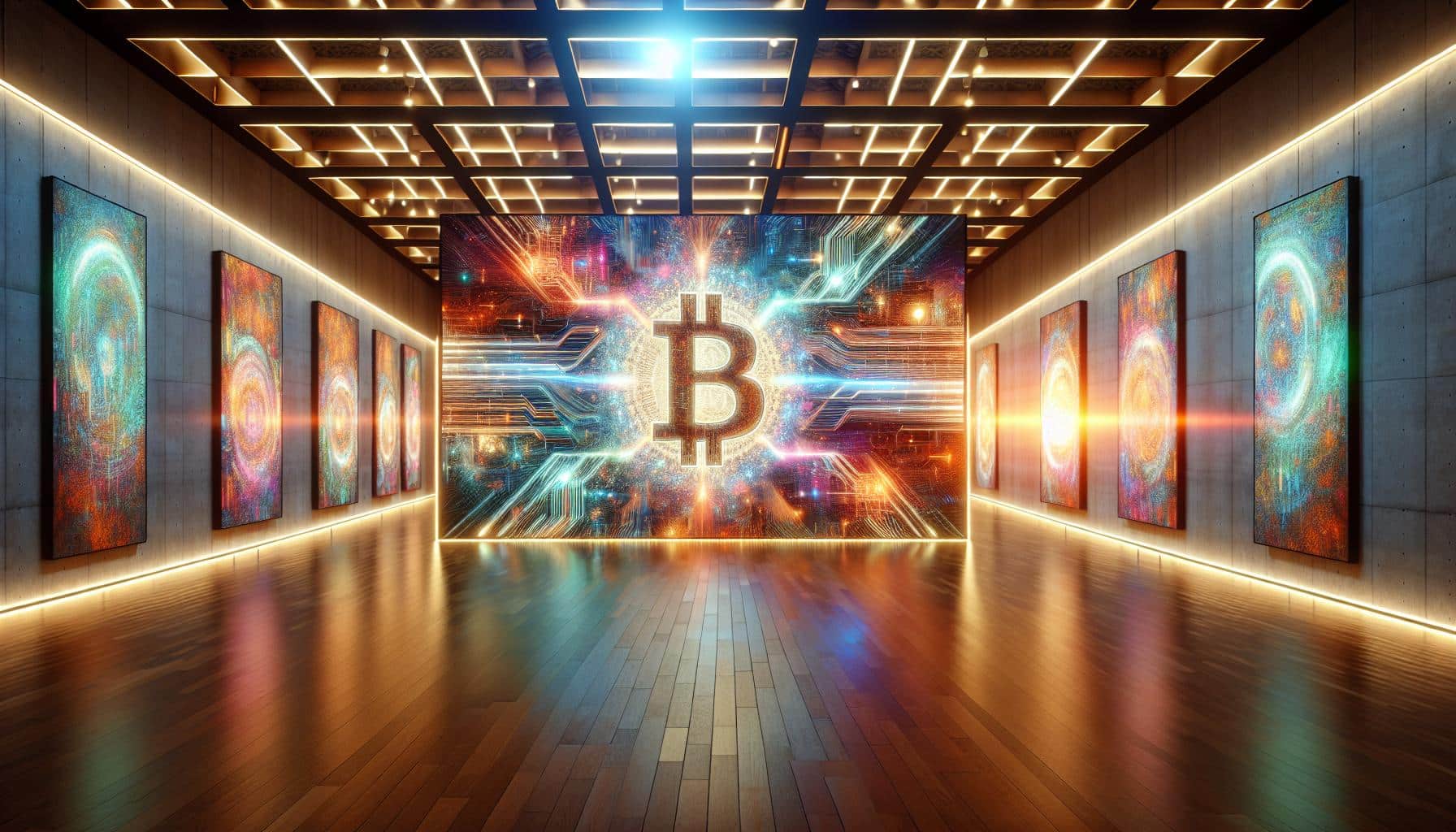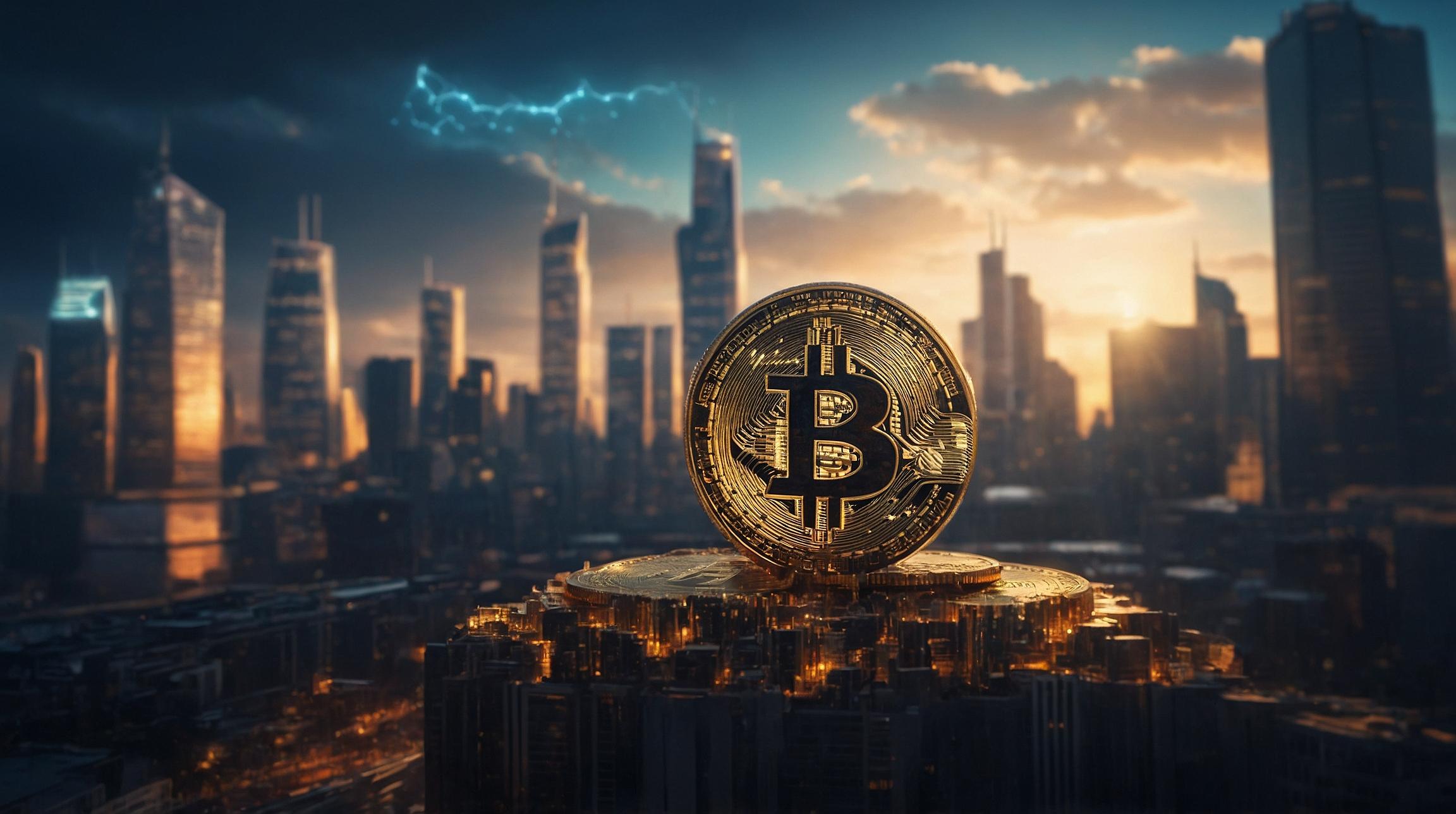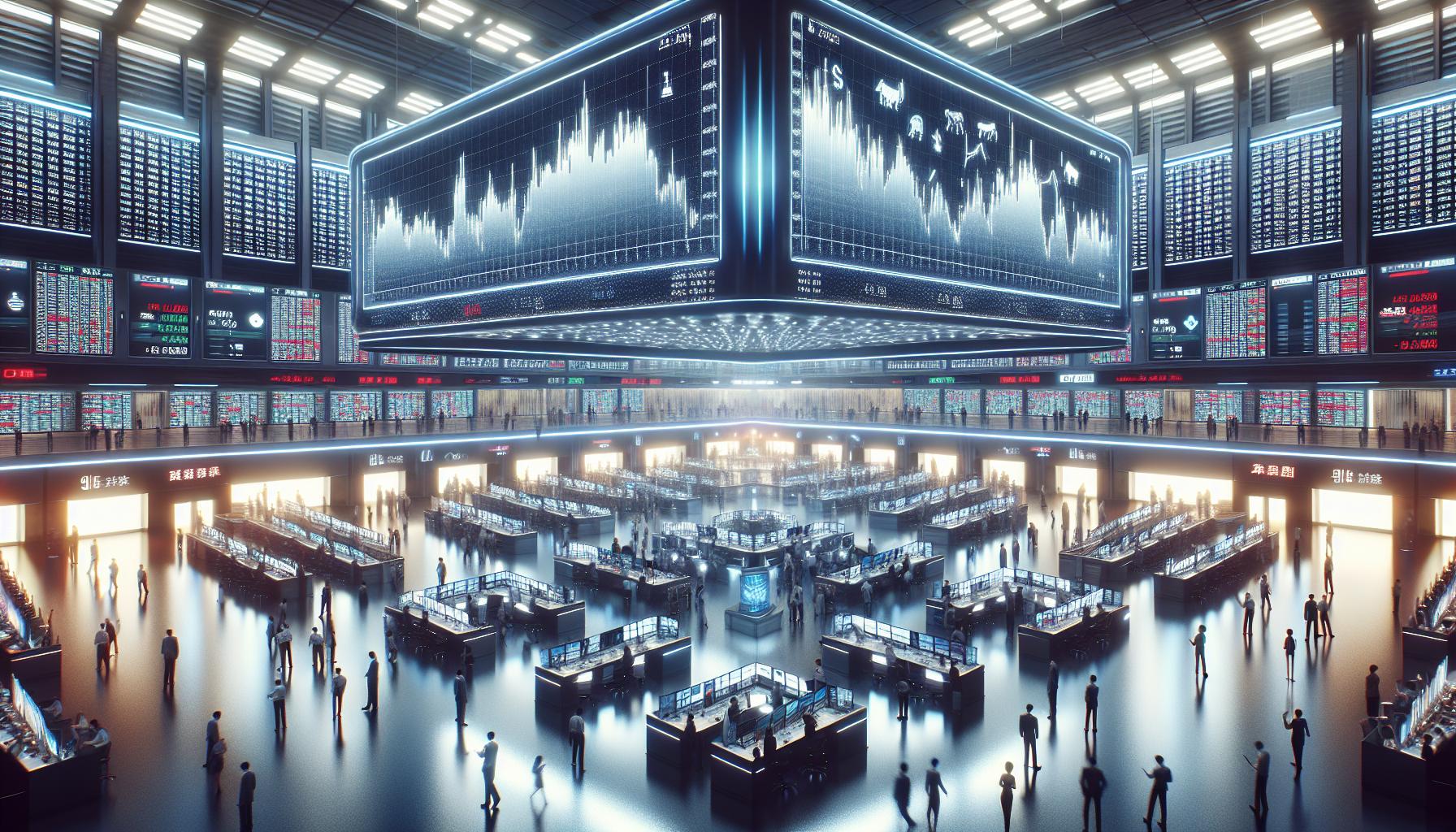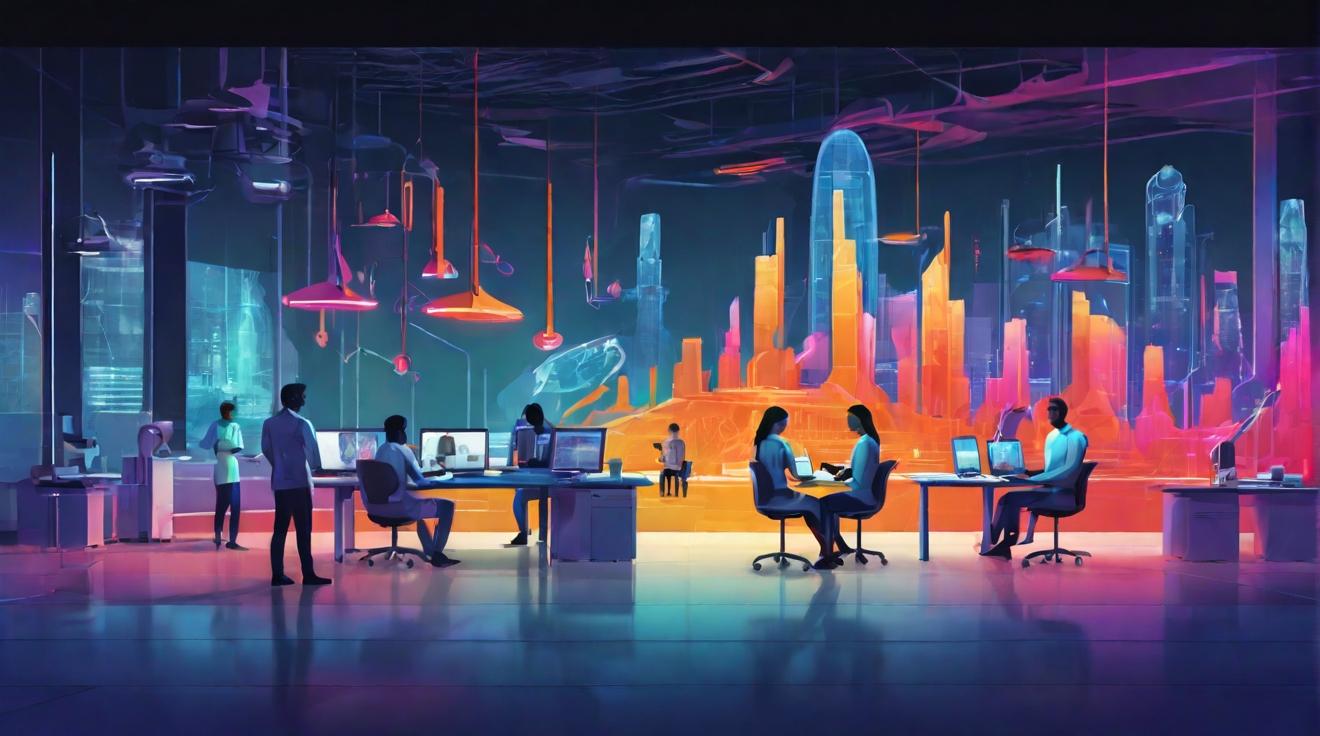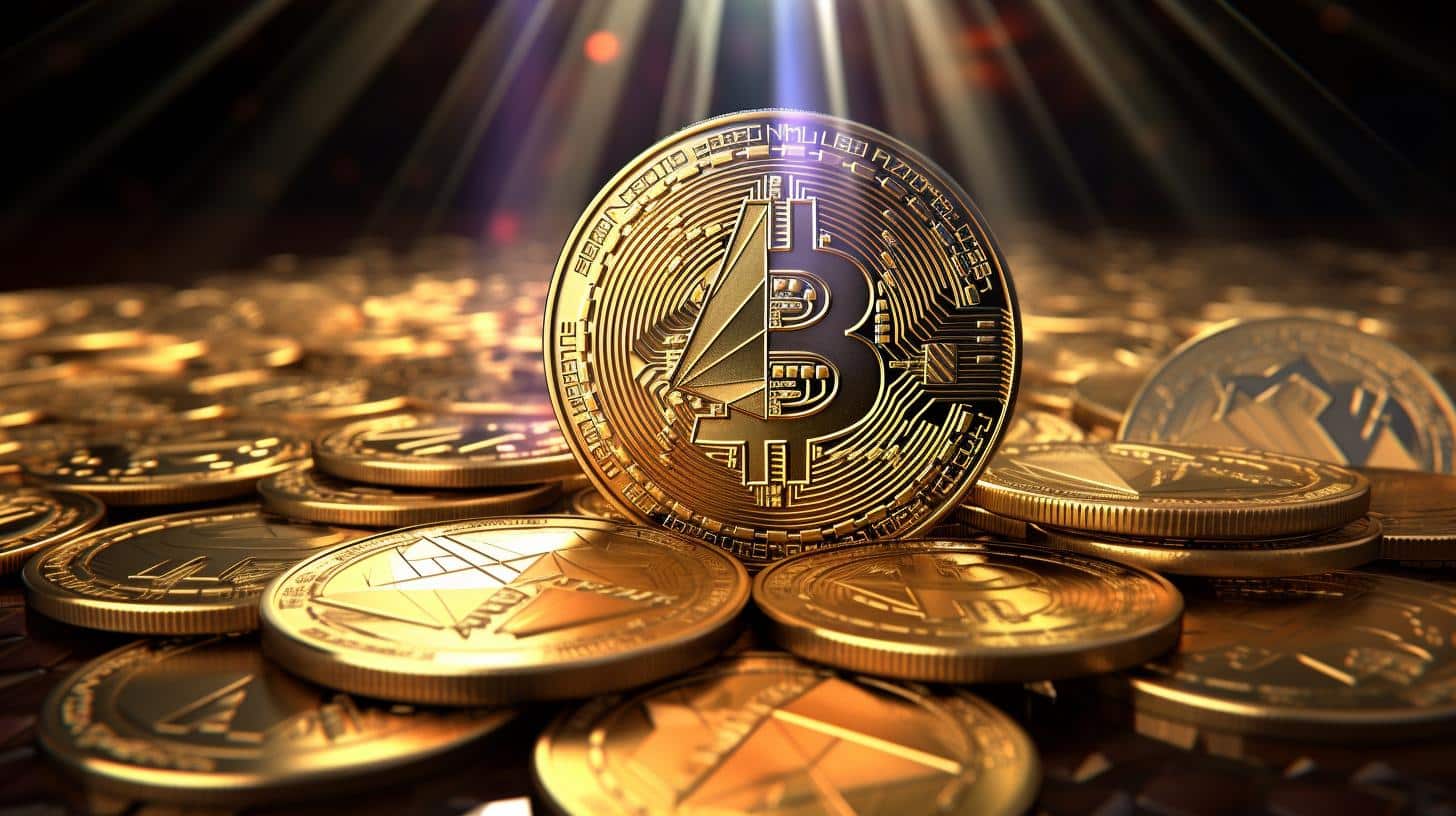NFTs and the Rise of Cryptocurrency-Inspired Art Installations
In recent years, the art world has witnessed a surge in the popularity of cryptocurrency-inspired art installations. This trend can be attributed to the rise of Non-Fungible Tokens (NFTs), which have revolutionized the way art is bought, sold, and experienced. NFTs are unique digital assets that are stored on a blockchain, making them tamper-proof and easily verifiable. Artists have seized this opportunity to create immersive installations that merge creativity and technology in unprecedented ways.
Blurring the Lines: How Creativity Meets Technology in Art Installations
Cryptocurrency-inspired art installations blur the lines between the traditional and the contemporary, the physical and the virtual. These installations often incorporate digital elements such as virtual reality, augmented reality, and interactive experiences. By leveraging technology, artists are able to push boundaries and engage viewers in new and exciting ways. This fusion of creativity and technology allows for a deeper exploration of themes related to cryptocurrency, such as decentralization, encryption, and the role of technology in our lives.
Unlocking the Potential of Blockchain in the Art World
Blockchain technology, the underlying technology behind cryptocurrencies, has the potential to revolutionize the art world. By using blockchain, artists can establish provenance, ownership, and authenticity of their digital artworks. This has been a long-standing challenge in the art world, where forgeries and counterfeit works are a constant concern. By leveraging blockchain, artists can ensure that their works are unique, secure, and traceable. This not only protects the value of the artwork but also allows artists to monetize their creations in new and innovative ways.
From Digital to Physical: Exploring the Impact of Cryptocurrency on Art Installations
While cryptocurrency-inspired art installations often exist in the digital realm, they also have the ability to bridge the gap between the digital and physical worlds. For example, artists have created installations that use blockchain technology to generate unique physical artworks. These artworks are then linked to their corresponding digital representations on the blockchain, creating a tangible connection between the physical and virtual realms. This fusion of digital and physical elements adds a new layer of complexity and intrigue to the art installations, challenging traditional notions of what constitutes art.
Digital Tokens as a Canvas: The Evolution of Cryptocurrency-Inspired Art
Cryptocurrency-inspired art has evolved from its early digital beginnings to encompass a wide range of mediums and styles. Artists are now using blockchain technology to tokenize their artwork, creating unique digital tokens that represent ownership of the artwork. These digital tokens can be bought, sold, and traded on various platforms, allowing artists to monetize their creations in new and exciting ways. This evolution has opened up a world of possibilities for artists, enabling them to reach a global audience and explore new avenues for artistic expression.
In conclusion, cryptocurrency-inspired art installations have emerged as a dynamic and innovative genre within the art world. By leveraging the power of NFTs and blockchain technology, artists are creating immersive experiences that merge creativity and technology in unprecedented ways. These installations blur the lines between the physical and virtual, challenging traditional notions of what constitutes art. As the art world continues to embrace cryptocurrency and blockchain, we can expect to see even more groundbreaking and thought-provoking installations in the future.





